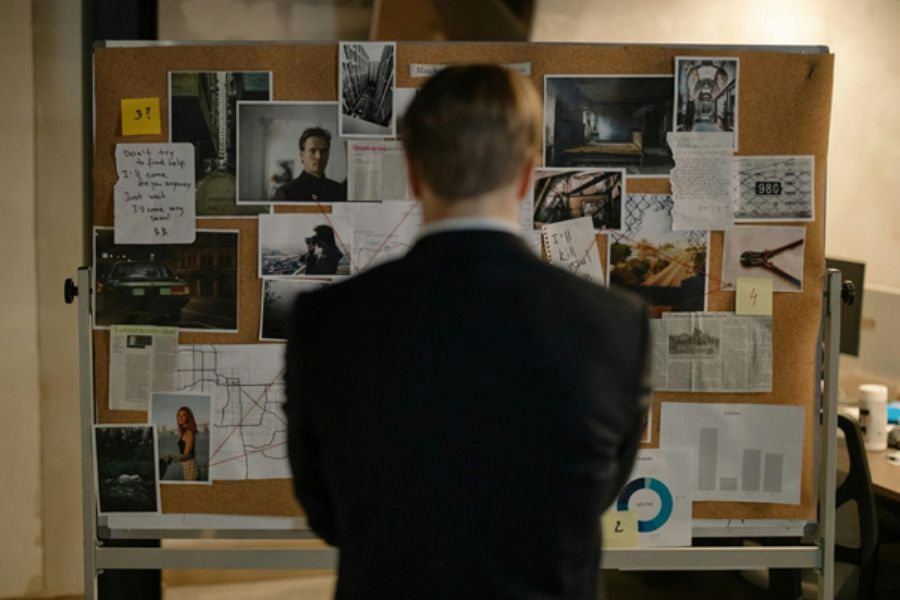Jurors often struggle to comprehend technical jargon and dense reports, which can lead to misunderstandings or misinterpretations of the evidence presented. Utilizing graphics, such as diagrams, charts, and detailed illustrations, can greatly enhance both comprehension and retention of important medical evidence. This is where the strategic use of visual aids transforms courtroom dynamics, offering an engaging alternative to traditional presentations that might otherwise overwhelm a jury with information.
Enhancing Clarity Through Visuals
The use of graphics in trial presentations helps demystify intricate medical conditions, procedures, and outcomes for jurors. By breaking down complex concepts into visually appealing and easily digestible formats, legal teams can ensure that jurors remain engaged and informed throughout the trial. A well-crafted medical illustration can depict the anatomy involved in an injury, providing context that words alone cannot achieve. This clarity is not just beneficial for understanding. It fosters a more efficient trial process by minimizing confusion and the need for extensive explanations.
Engagement and Juror Retention
Studies point to the fact that visual information is more likely to be retained than verbal information alone. In fact, according to research by the Social Science Research Network, visuals can boost recall by as much as 65%. When jurors are shown clear, professionally designed medical visuals, they’re more likely to retain important information, which supports better decision-making. Engaging graphics help maintain the jurors’ interest, making them less likely to lose focus during lengthy presentations. As attentiveness wanes, the risk of misinterpretations notably increases. Effective visuals can help keep jurors on track.
The Role of Legal Representatives
Legal representatives play a pivotal role in ensuring that evidence is presented in the most effective way possible. They understand the nuances of the law and the importance of educating the jury about the case at hand. By integrating visuals into their presentations, attorneys can bridge the gap between complicated medical terminology and layperson understanding. Competent legal teams often collaborate with firms specializing in graphics, which provide jury-ready medical illustrations that can outline injuries and medical conditions with precision. This collaboration is important for creating compelling narratives that resonate with jurors, sparking empathy and understanding toward the case being presented.
Bringing Medical Evidence to Life
One of the most significant advantages of using graphics is their ability to turn abstract concepts into concrete representations. When discussing orthopedic injuries, a three-dimensional model can capture the severity and implications of a fracture far more effectively than merely stating the facts verbally. This authentic representation invites jurors into the narrative, enabling them to visualize the extent of an injury, treatment options, and potential outcomes. Such vivid imagery can foster emotional connections, influencing a juror’s perception of the case and its merits.
Making Complex Information Accessible
Legal proceedings often involve complexity that can alienate jurors or create barriers to understanding. The use of graphics allows for the simplification of these complexities. Charts can be used to depict timelines of medical events, while infographics can summarize key points effectively. This accessibility enables jurors to form comprehensive narratives around the evidence they are presented with. Visual aids facilitate connections between various pieces of information, making it easier to see the bigger picture rather than getting lost in details that may seem abstract or unrelated.
Improving Persuasion in Court
The goal of any legal presentation is to persuade the jury to view the evidence favorably. Graphics can heighten the emotional and intellectual impact of the evidence presented. When jurors see and understand the medical narrative of a case, they are more likely to engage emotionally with the arguments being made. Tailoring visuals to evoke a response ensures that the evidence is seen and felt, prompting jurors to move beyond logic into a sphere that encompasses human empathy. This emotional connection can often be the decisive factor in their deliberations.
Future Trends in Legal Visual Communication
The legal industry is continually developing, with new technology playing an increasing role in how evidence is presented in court. Virtual reality (VR) and augmented reality (AR) are emerging trends that promise to revolutionize visual communication in legal settings. Imagine jurors being able to walk through a 3D reconstruction of an accident scene or manipulate digital models to better understand the complexities of a case. As these technologies become more accessible, they offer exciting opportunities for legal teams to enhance presentations, ensuring that jurors interact with evidence in immersive and impactful ways.
The importance of graphic illustrations in legal cases cannot be understated. Visual aids significantly enhance juror understanding, retention, and emotional connection to evidence. By employing such strategies, legal representatives can effectively convey complex medical information, fostering a more informed and engaged jury. As technology progresses and new visual methodologies emerge, the integration of graphics in legal presentations is likely to expand, paving the way for more effective communication in the courtroom.

